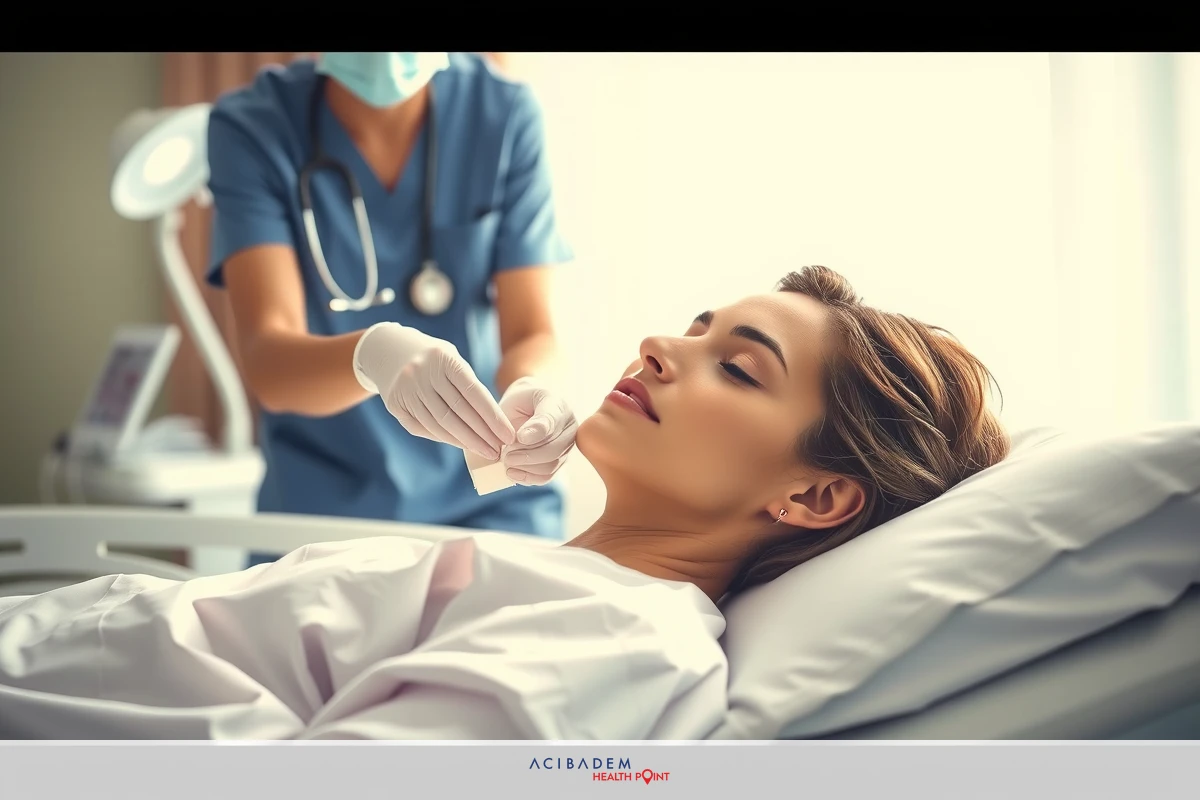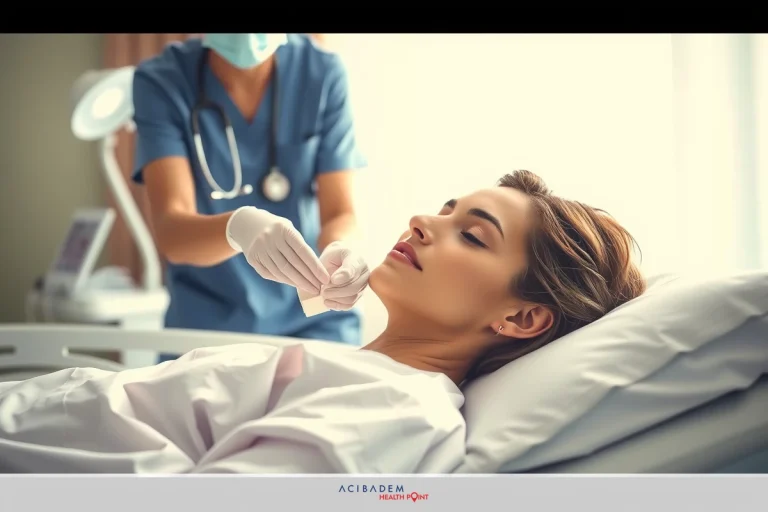What Happens When Your Cast Falls Off After Rhinoplasty
What Happens When Your Cast Falls Off After Rhinoplasty Rhinoplasty, the reshaping of one’s nose, often requires a cast during recovery. The removal of this protective layer marks an important milestone in the healing process. This moment can bring about feelings of anticipation and maybe even a touch of anxiety. What does it mean for your recovery? How will your new nose look?
The journey towards complete recovery from rhinoplasty is unique to each individual. As you navigate this path, expect some swelling and bruising once the cast comes off – these are normal parts of the healing process. Over time, as your body continues to heal, subtle changes in appearance may become visible. Proper care post-cast removal plays a crucial role in ensuring optimal results from rhinoplasty.
Every person has a different experience with their rhinoplasty procedure and its aftermath. Understanding what happens after your cast falls off can help ease concerns and set realistic expectations about your new look.
What Happens When Your Cast Falls Off After Rhinoplasty Recovery Process
The recovery process following rhinoplasty is a complex journey, unique to each patient. After your cast falls off, it’s natural to experience an array of physical changes that may feel unfamiliar at first. Swelling and bruising are two common occurrences in this stage of recovery. These symptoms can be quite pronounced initially but tend to subside gradually over several weeks or even months.
Pain management during the postoperative period is crucial for ensuring comfort while the body heals from the surgical procedure. Many patients report mild discomfort after their cast removal, which can be effectively managed with prescribed medication or over-the-counter pain relievers as recommended by your healthcare provider. It’s essential to follow these recommendations accurately because incorrect usage could hinder the healing process.
Follow-up appointments are integral parts of a successful nose surgery recovery plan. They provide an opportunity for surgeons to assess healing progress and address any concerns you might have after your rhinoplasty operation or upon removing your cast. During these sessions, doctors will examine your nose closely for signs of proper healing and discuss future steps necessary for optimal outcomes.
Changes in Appearance
The removal of a cast after rhinoplasty can reveal significant changes in the appearance of your nose. Initially, it might look swollen and not quite like what you envisioned – this is perfectly normal. The true shape of your surgically enhanced nose will slowly emerge as the swelling subsides over weeks or months following surgery.
Visible sutures or incisions are also common immediately after removing the cast from your nose postrhinoplasty. These may seem alarming at first but fear not, these tiny stitches play an essential role in holding the reshaped tissues together while promoting healing. Over time, they dissolve or are removed by your surgeon during follow-up visits, leaving behind minimal scarring that often fades to near invisibility.
Evolution over time is a key aspect to consider when assessing rhinoplasty results. As days turn into weeks and then months post-surgery, subtle transformations take place which gradually refine the appearance of your new nose. This process requires patience as it’s influenced by numerous factors such as individual healing capacity and adherence to postoperative care instructions among others. Remember: every alteration made during a rhinoplasty procedure has been planned meticulously with precise attention to detail aimed at achieving desired aesthetic outcomes while maintaining functional integrity.
Post-Cast Care

Post-cast care is an essential part of the recovery process after rhinoplasty. Proper attention to your nose can make a significant difference in both the healing process and final results. Key aspects include cleaning instructions, skincare products, and general precautions to take during this period.
Cleaning your nose following cast removal requires special attention as you may experience some discomfort initially due to swelling or sensitivity. It’s important not to rush or force things – gentle patting is preferable over vigorous rubbing when drying your face. Similarly, avoid blowing your nose too hard as it could disrupt healing tissues within. Using a soft cloth for cleaning around the nostrils can help prevent irritation and promote faster recovery.
When considering skincare products post-rhinoplasty, simplicity should be the guiding principle. Your skin might react differently than usual due to surgical trauma so introducing new products into your routine right away isn’t advisable. Stick with non-irritating cleansers and moisturizers that have served you well in the past until complete healing occurs; then you may gradually reintroduce other treatments if desired.
Taking precautions during this time will go a long way towards ensuring optimal outcomes from surgery while minimizing potential complications such as infection or prolonged swelling among others. Avoid strenuous physical activities that might cause excessive sweating or put pressure on your recovering nose; also steer clear of sun exposure which could lead to uneven pigmentation especially along incision lines.
Frequently Asked Questions
How long does it usually take for the cast to fall off after rhinoplasty?
Typically, a surgeon removes the cast one week post-rhinoplasty. However, individual experiences may vary based on specific surgical procedures and personal healing rates.
What should I expect immediately after my rhinoplasty cast removal?
After your cast falls off, you might observe swelling and possibly some bruising around your nose area. It's also normal to see visible sutures or incisions which will gradually fade over time as healing progresses.
Is there a standard recovery timeline following rhinoplasty surgery?
Every patient is unique so recovery timelines can differ considerably. Generally speaking though, major swelling subsides within the first few weeks while subtle changes continue over several months until final results emerge.
Does insurance typically cover rhinoplasty procedures?
Insurance coverage for rhinoplasty varies widely depending on individual policies as well as whether the procedure was performed for cosmetic or medical reasons. Consult with your insurance provider to understand what costs they may cover.











